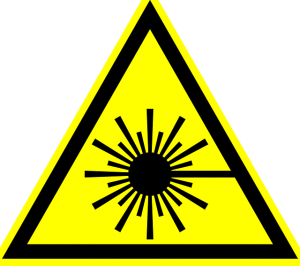
Some 3D printing processes are more complex than others. While fused filament fabrication (FFF) is a relatively simple process, the opposite can be said for directed energy deposition (DED). When compared to FFF, as well as many other 3D printing processes, DED is considered highly complex. It still involves building objects layer by layer, but DED revolves around the use of a laser. For a better understanding of DED in 3D printing, keep reading.
What Is DED 3D Printing?
DED is an advanced 3D printing process that uses a high-powered laser to build objects. The process uses a special 3D printer that projects a laser beam onto the print bed. To build an object, the DED 3D printer releases material out of a nozzle while simultaneously striking the material with a high-powered laser beam. When exposed to the laser beam, the material melts. The DED 3D printer will continue to move around while depositing and melting the material until the object has been built.
FFF vs DED 3D Printing
Both FFF and DED 3D printing processes are capable of building three-dimensional objects. They both use a 3D printer that releases material onto the print bed, essentially building the object layer by layer. With that said, DED is a far more complex 3D printing process.
FFF 3D printers are designed specifically to release material out of a nozzle and onto the print bed. In comparison, DED 3D printers release material while also striking the material with a high-powered laser beam. FFF 3D printers only release material; they don’t contain a laser, so they don’t melt the material by striking it with a laser beam.
How DED 3D Printers Works
As previously mentioned, DED 3D printers work by depositing material and melting it with a laser at the same time. They feature two primary parts: a material supply component and an electron beam. The material supply component is connected to a spool of raw material. During operation, it releases material onto the print bed. Next to the material supply component is an electron beam that projects a high-powered laser beam onto the material as it’s released.
In Conclusion
Because of its complex mechanisms, DED isn’t as common as FFF and other 3D printing processes. It’s actually a fairly rare 3D printing process that’s used by a select few manufacturing companies. DED is characterized by the use of a laser beam that melts material as it’s being deposited onto the print bed.
